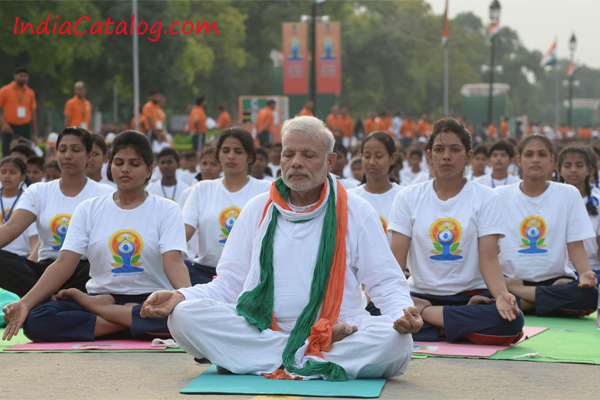Shehbaz Sharif makes U-turn, confirms Indian missile strike on Pak airbase
.webp)
Pakistan’s Prime Minister Shehbaz Sharif has confirmed that India launched ballistic missile strikes on Nur Khan Airbase and other locations on 10 May, marking a rare moment of candour in Pakistan’s typically guarded response to Indian military actions.
Speaking during a ceremony at the Pakistan Monument on Friday, Sharif revealed that he was informed of the strikes by Chief of Army Staff General Syed Asim Munir during the early hours of the day.
“At around 2:30 am on 10 May, General Syed Asim Munir called me on a secure line and informed me that India’s ballistic missiles have hit Nur Khan Airbase and other areas. Our Air Force used homegrown technology to save our country, and they even used modern gadgets and technology on Chinese jets,” Sharif said, according to Geo News.
This direct confirmation starkly contrasts with Pakistan’s usual policy of denying or downplaying Indian military operations on its soil.
Operation Sindoor
The missile strikes came in the aftermath of Operation Sindoor, launched by India on 7 May as a retaliatory action against the 22 April terror attack in Pahalgam, which claimed 26 lives.
Indian Armed Forces reportedly targeted terror camps and infrastructure deep within Pakistan and Pakistan-occupied Kashmir (PoK). According to the Indian military, the coordinated strikes killed over 100 militants linked to terror groups including Jaish-e-Mohammed (JeM), Lashkar-e-Taiba (LeT), and Hizbul Mujahideen.
Pakistan’s retaliation and India’s counter-offensive
Following the initial strikes, Pakistan responded with cross-border shelling along the Line of Control (LoC) and Jammu and Kashmir. Drone incursions were also attempted in several border areas.
India then launched a second wave of strikes, reportedly destroying key radar systems, communication centres, and airfield facilities across 11 Pakistani airbases, severely impairing Pakistan’s military infrastructure.
Ceasefire agreement reached
The exchange of fire and airstrikes came to a halt after both nations reportedly agreed to a cessation of hostilities on 10 May, shortly after the final wave of Indian strikes.
The recent developments mark one of the most serious military escalations between the two nuclear-armed neighbours in recent years.

.webp)
.webp)
.webp)
.webp)
.webp)
.webp)
.webp)
.webp)
.webp)
.webp)












